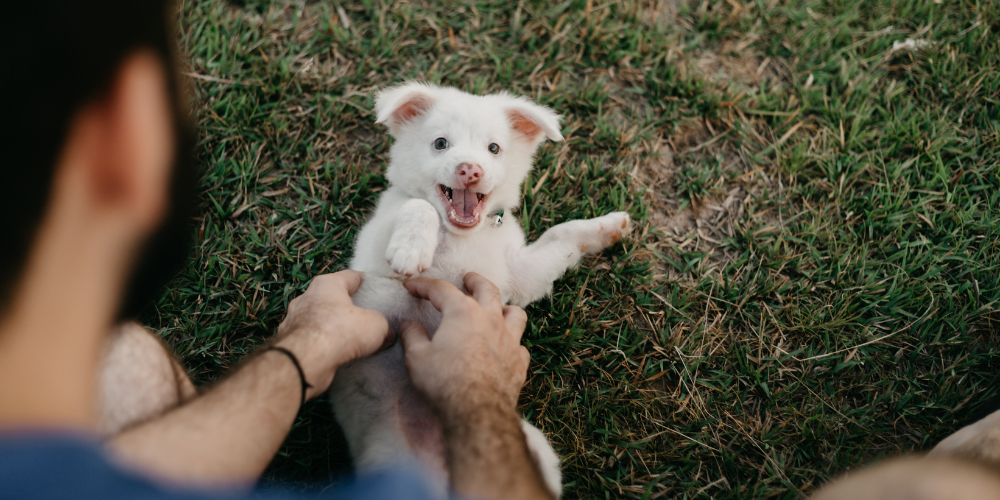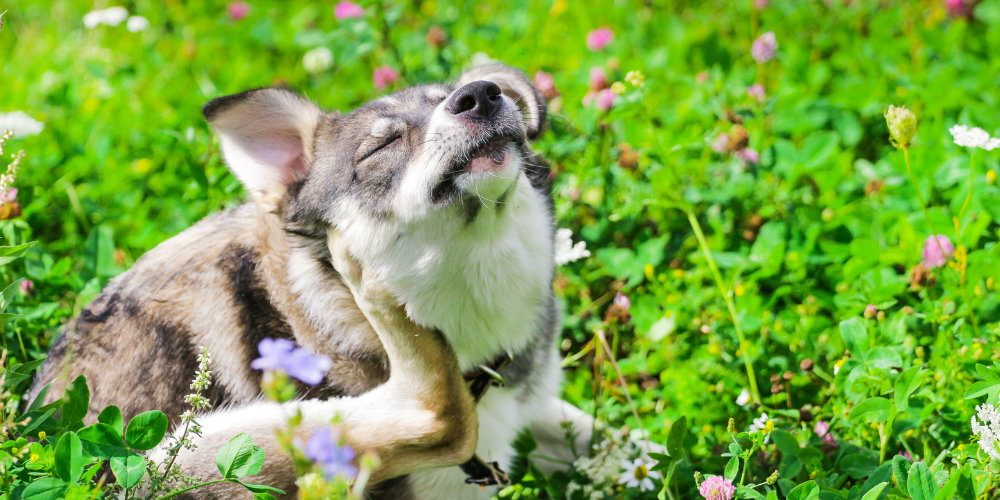
Are Dogs Ticklish?
Tickle your curiosity and find out if your dog loves a belly rub or just tolerates it.
Introduction
Ever wondered if dogs are ticklish? It’s a question many pet owners have pondered while scratching their dog's belly or watching their pup kick their leg in delight. The truth is, dogs can be ticklish, but it’s not as simple as with humans. Understanding why dogs react to certain touches and what makes them squirm with joy (or irritation) can help you bond with your pet in a fun and healthy way.
Why Are Dogs Ticklish?
Ticklishness in dogs is often related to their sensitivity to touch. Just like humans, dogs have nerve endings concentrated in certain areas, such as the belly, sides, and paws. These nerves can trigger a ticklish response when lightly touched. This reaction is called the scratch reflex arc—a natural, involuntary response that’s designed to protect the skin from irritation.
What’s Behind the Scratch Reflex Arc?
The scratch reflex arc is a defensive mechanism. When you scratch a dog's ticklish spot, the nerves send signals to the spinal cord, which then sends a signal back, causing the dog to kick their leg. It’s similar to when we automatically swat at a mosquito bite. While it can be fun to watch, it’s essential to ensure your dog is enjoying it and not feeling irritated or stressed.
Where Are Dogs Most Ticklish?
Some areas are more ticklish than others:
- Belly: Many dogs love a good belly rub, but it's also one of their most ticklish spots.
- Paws: Paws are highly sensitive, and some dogs may not enjoy having them touched.
- Ears: The base of the ears can be another ticklish zone, often triggering happy head shakes.
- Sides/Ribs: Rubbing the ribs can get dogs wiggling or squirming, a sign they’re feeling the tickle.
Keep in mind that each dog is unique, and while some may love a good tickle, others might be less enthusiastic. Always pay attention to their body language.
Are Tickles Fun for Dogs?
Tickling can be fun, but it’s all about how your dog responds. If they seem to enjoy it—wagging their tail, leaning into your hand, or rolling over for more—it’s a good sign they’re having fun. But if they pull away, tense up, or growl, it’s best to stop. Respecting your dog’s boundaries is key to keeping tickling playful and positive.
Did You Know?
Tickling in animals isn’t just limited to dogs. Researchers have found that other animals, including primates and even rats, have ticklish spots too! In fact, rats have been observed to emit a high-pitched “giggle” when tickled in a playful manner. While your dog might not giggle, you can still tell they’re enjoying it by observing their wagging tail or playful movements.
Should You Tickle Your Dog?
If your dog seems to enjoy a good tickle, it’s a great way to bond and share some laughs. Just be gentle and watch their reactions. If they start to show signs of discomfort or irritation, it’s time to stop. For dogs who are less ticklish or don’t enjoy the sensation, focus on other forms of affection, like ear scratches or belly rubs without the ticklish pressure.
Summary
Dogs can be ticklish, but it varies by individual and body part. Some love it, while others may find it irritating. Pay attention to your dog’s signals to ensure the tickles remain fun and friendly. After all, understanding your dog’s quirks is part of what makes pet ownership so rewarding.



